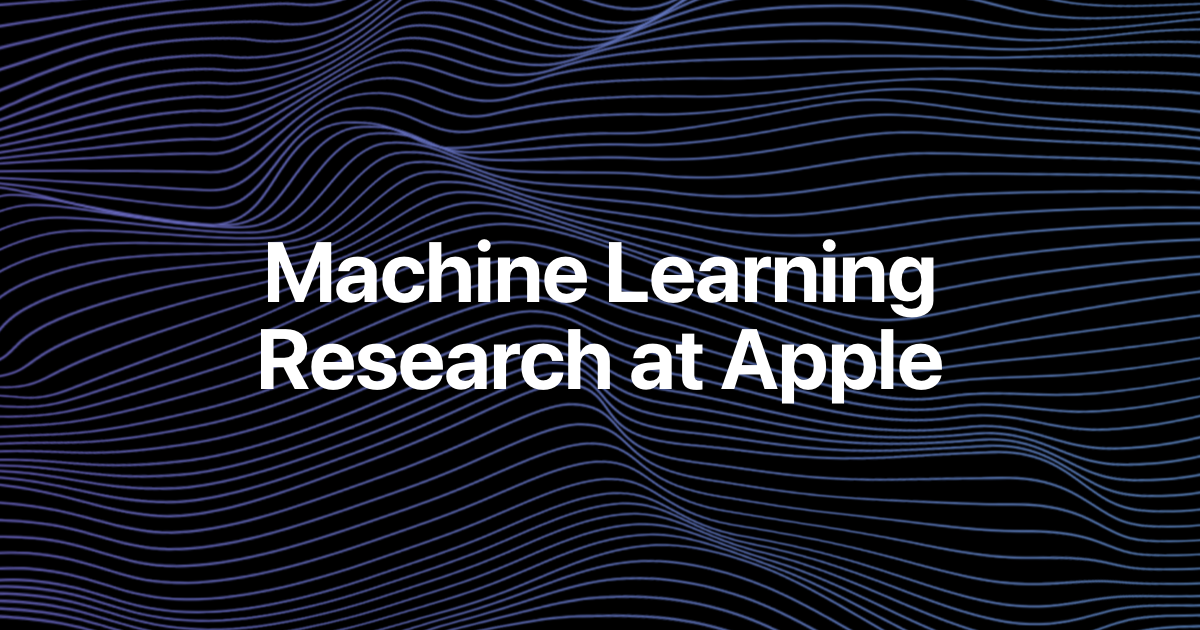A comprehensive exploration of the fundamentals of reinforcement learning, encompassing model-based and model-free methods, can be found in this article.
Reinforcement learning is a key avenue for developing artificial intelligence by mimicking the behaviors of living organisms. These organisms receive information from their environment, process it, and then exhibit behaviors that enhance their survival. This can range from basic activities like finding food and avoiding danger to more complex human behaviors like problem-solving, creativity, and social interactions.
To engineer a system capable of performing such tasks, we need models of the agent, the environment, and a mechanism for moving the agent from its current state to a desired state. Reinforcement learning draws inspiration from psychological theories like behaviorism and cognitive science. Behaviorism focuses on learning through environmental conditioning, while cognitive science emphasizes the role of mental representations in predicting behavior.
Operant conditioning, a behaviorist theory popular in the mid-20th century, defines learning as a result of environmental rewards and punishments. Reinforcement increases the likelihood of a behavior recurring, while punishment diminishes it. However, human behavior is influenced by complex factors beyond simple rewards and punishments, such as social constructs like money and grades.
Memory also plays a crucial role in learning and decision-making, as it helps individuals retain experiences and make future choices based on past outcomes. Reinforcement learning utilizes mathematical techniques to model artificial intelligence based on the interactions between agents, environments, and rewards. Dynamic programming, a method derived from control theory, breaks down complex problems into smaller parts to find optimal solutions.
Deep reinforcement learning combines reinforcement learning with artificial neural networks to address limitations of traditional methods. Algorithms like Deep Q-Networks leverage deep learning to approximate functions more effectively. While artificial neural networks have yet to match the generalization capacity of human intelligence, they show promise in advancing artificial general intelligence.
Decision theory and control theory provide philosophical and mathematical foundations for reinforcement learning. Decision theory formalizes rational choice theory using probability, while control theory optimizes dynamical systems to achieve desired outcomes. Both rely on feedback mechanisms to guide actions towards optimal results.
In conclusion, reinforcement learning offers a powerful framework for developing intelligent systems that can adapt to complex environments and make informed decisions. By integrating principles from psychology, mathematics, and engineering, researchers are paving the way for the future of artificial intelligence.
Source link





















